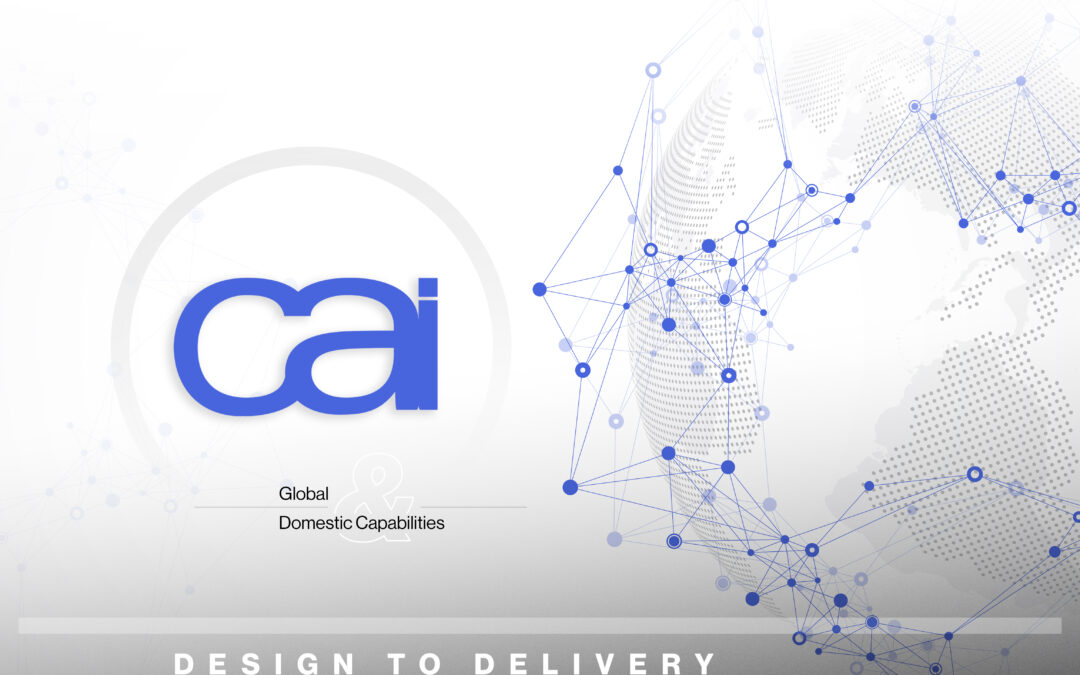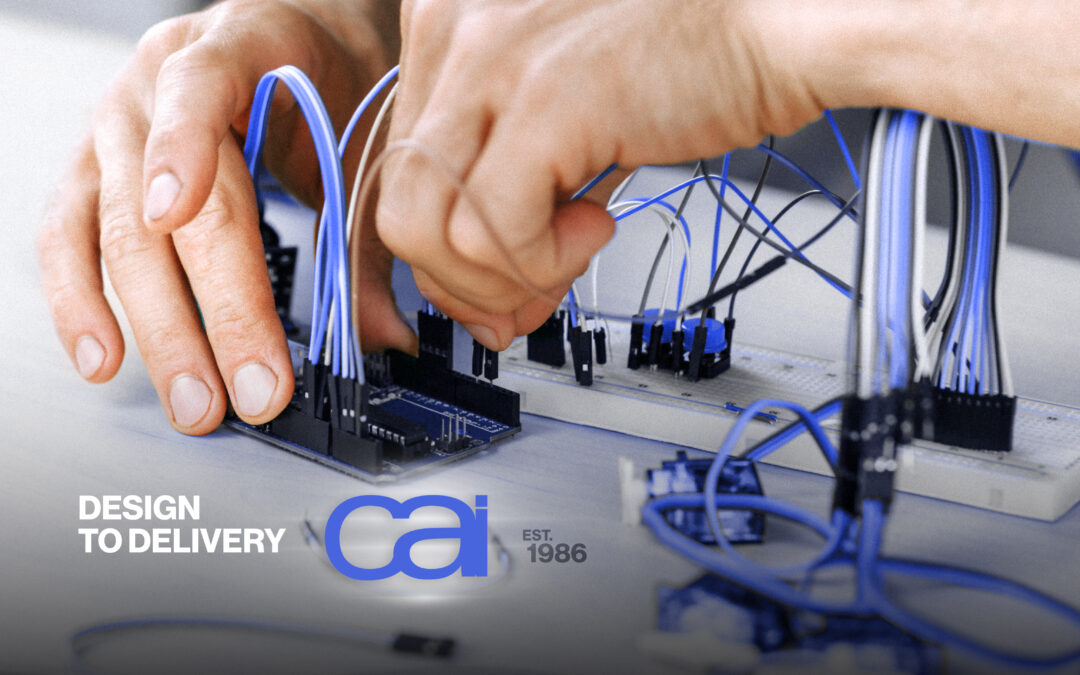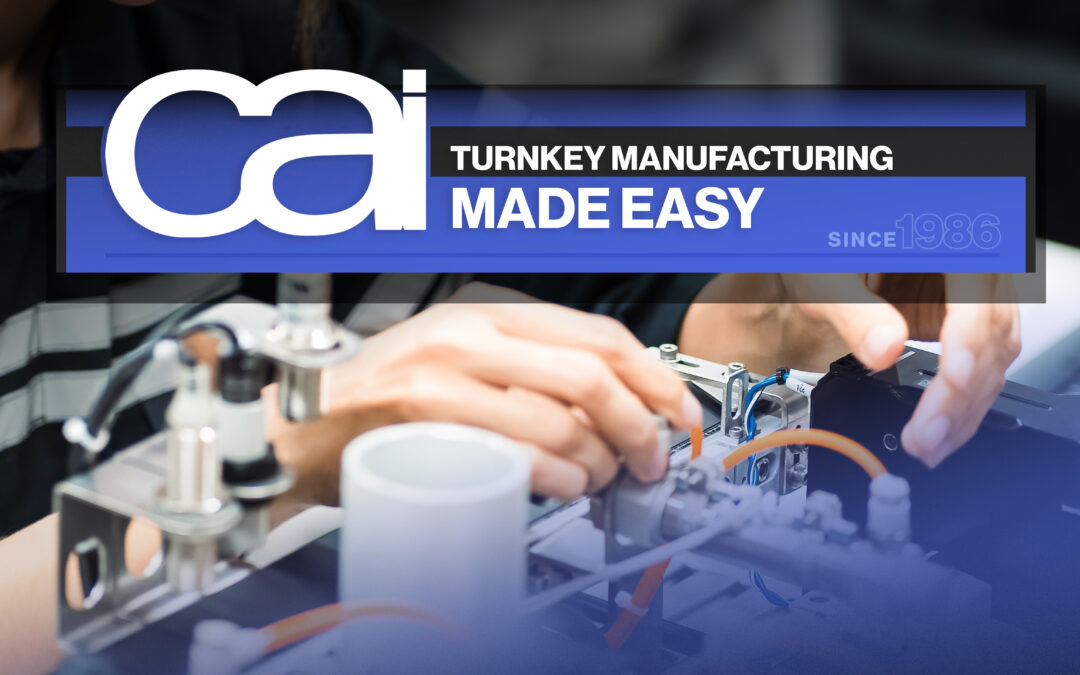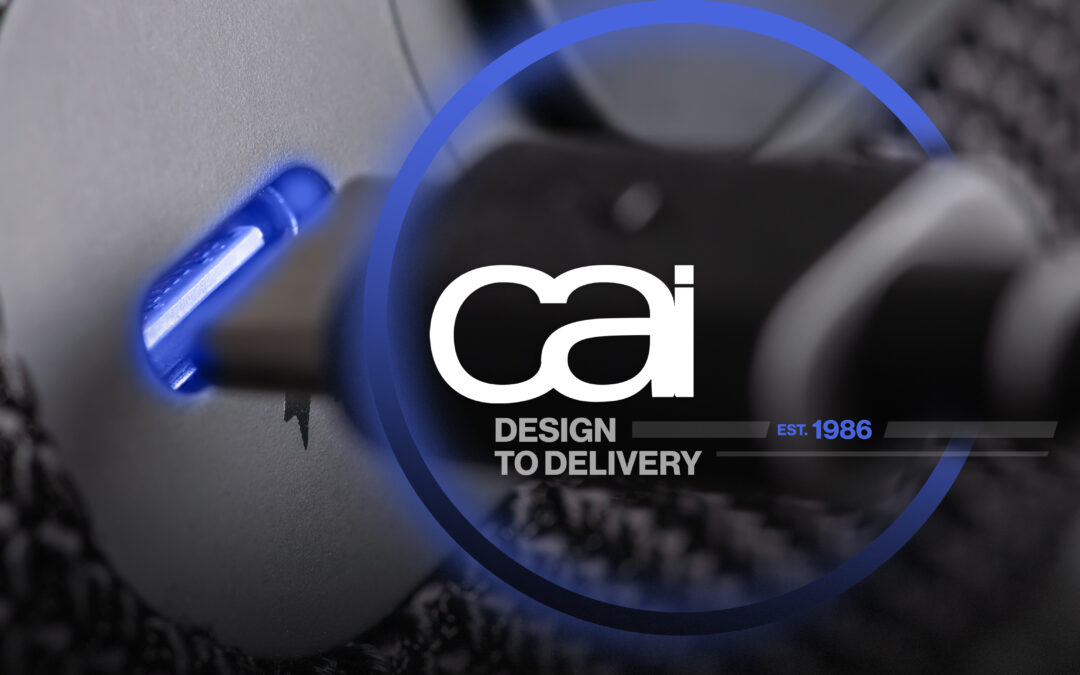Peak Protection Starts with Choosing the Right Potting Compound Material
If you need your custom electronic components to perform their best while enduring threats like moisture and heat, then you might want to consider the many benefits of potting and how to choose just the right potting compound.
Benefits of potting
Potting is the process of filling an electronic component or housing with a solid or gelatinous material to enhance endurance and performance. Potting protects custom electronic components. Depending on the formulation, here are some benefits of potting your electronic components:
- Protect against corrosion from moisture and chemicals
- Guard against the damaging effects of shock and vibration
- Lessen physical strain on other components
- Deter tampering and theft of intellectual property
- Enhance fire protection
- Increase durability and extend lifetime
- Avoid power supply issues such as over-voltage and over-arcing
- Reduce hot spots and decrease temperature-difference stress
Knowing the performance requirements of your system is essential to choosing the right compound for your electronic component to perform optimally.
Choosing the right potting compound
Epoxy, urethane and silicone are among the top potting compounds used today, each having their own unique characteristics. Consider the pros and cons between their standard formulations when choosing what’s best for your electronic component.
Keep in mind that there are a multitude of formulation options to customize your potting compound to your exact needs. We can help!
Epoxy
Stable and predictable, epoxy compounds boast superior electrical and moisture-resistant properties, making them the preferred choice for automotive, consumer and aviation electronic applications.
PROS
- High rigidity provides high tensile strength
- High strength bonds to a wide range of substrates (especially metals and porous surfaces)
- Excellent moisture and chemical resistance
- Superb electrical insulation properties, ideal for transformers and switches
CONS
- Vulnerable to impact (without modification)
- Lower operating temperature tolerance than urethane and silicone
- Doesn’t bond well with certain plastics
Polyurethane
Highly versatile polyurethane offers the best balance of strength and flexibility, at more affordable costs.
PROS
- Rigidity can range between epoxy hard and silicone gel soft
- Dependable adhesion
- Higher cross-link density makes them more durable
- Performs well in low temperatures
- Relatively inexpensive
CONS
- Less resistance to chemicals
- Less mechanical strength than epoxy
- Lower operating temperature tolerance than silicone
Silicone
Silicone’s pliability and temperature tolerance make it ideal for potting sensitive electronics with high shock and thermal cycling, while its low toxicity is preferred for medical devices and other safety-conscious applications.
PROS
- High flexibility
- Easy repairability
- Excellent temperature and chemical resistance
- Low toxicity
- Almost no shrinkage when curing
CONS
- Lower adhesion strength without primers
- Can outgas and contaminate adjacent components (if not properly formulated)
- Relatively higher cost
Your electronic component’s needs may not fit neatly into one potting compound’s bucket. Thankfully, we can adjust and add to different compounds in order to get just the right one.
For more information on how potting protects custom electronic components, contact us today!





